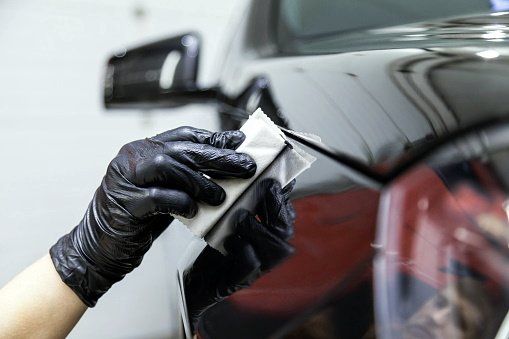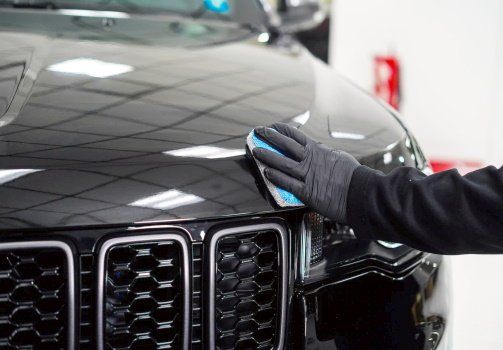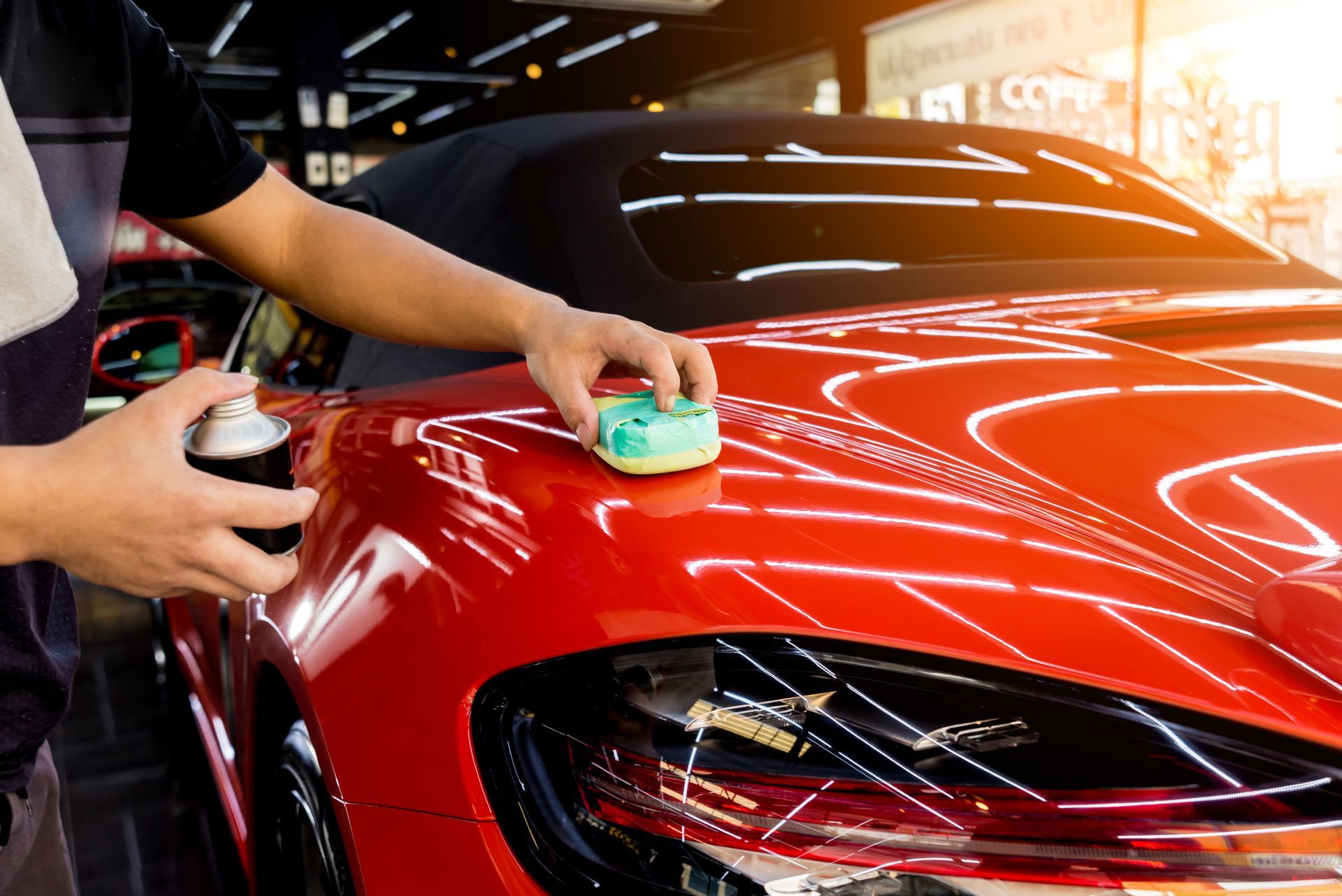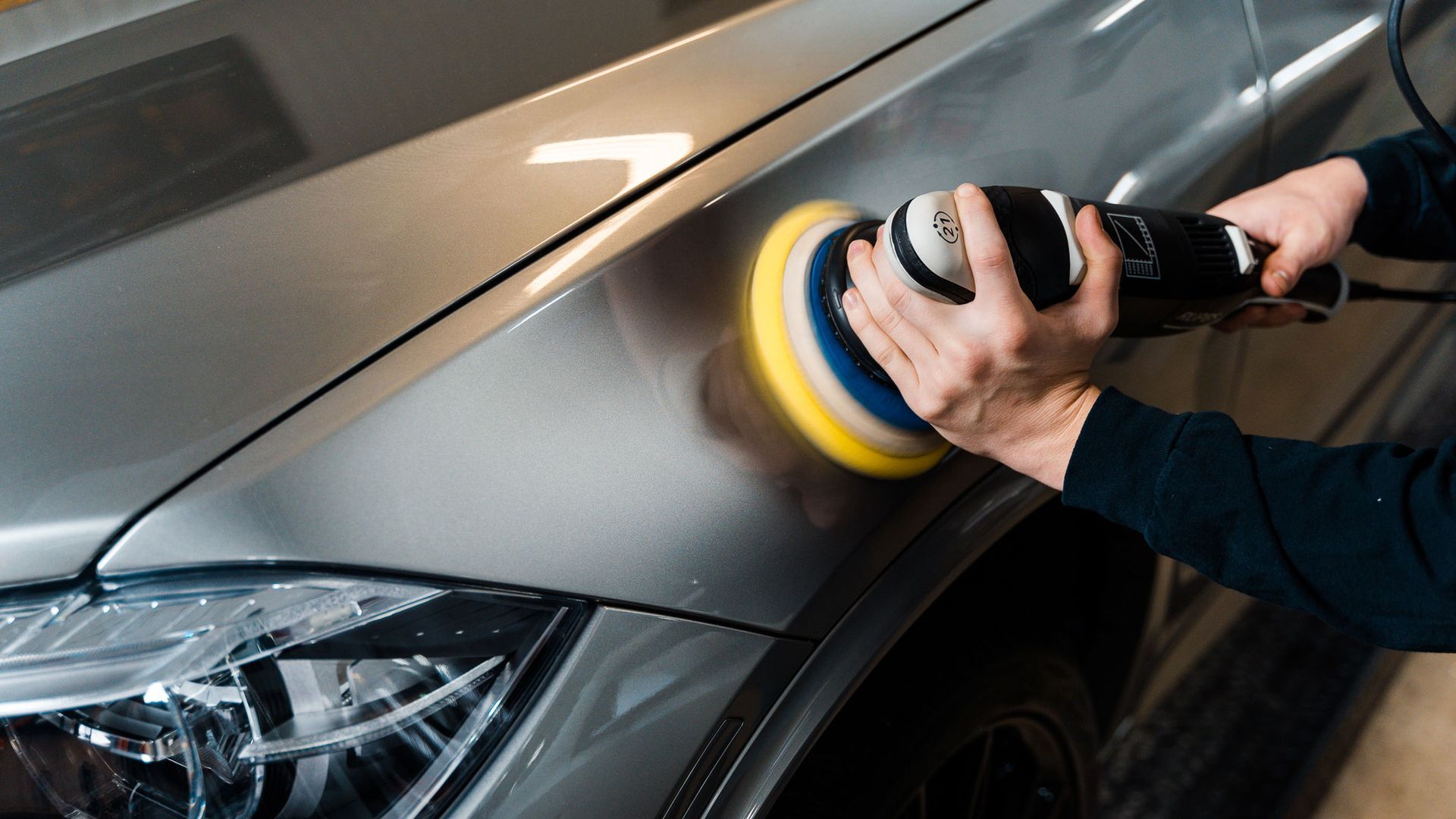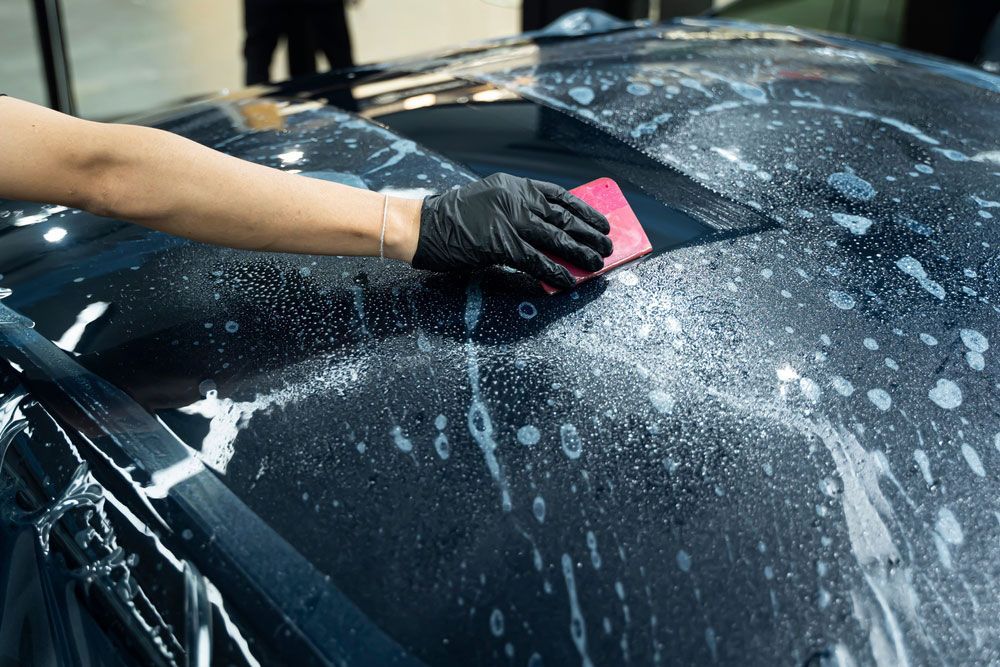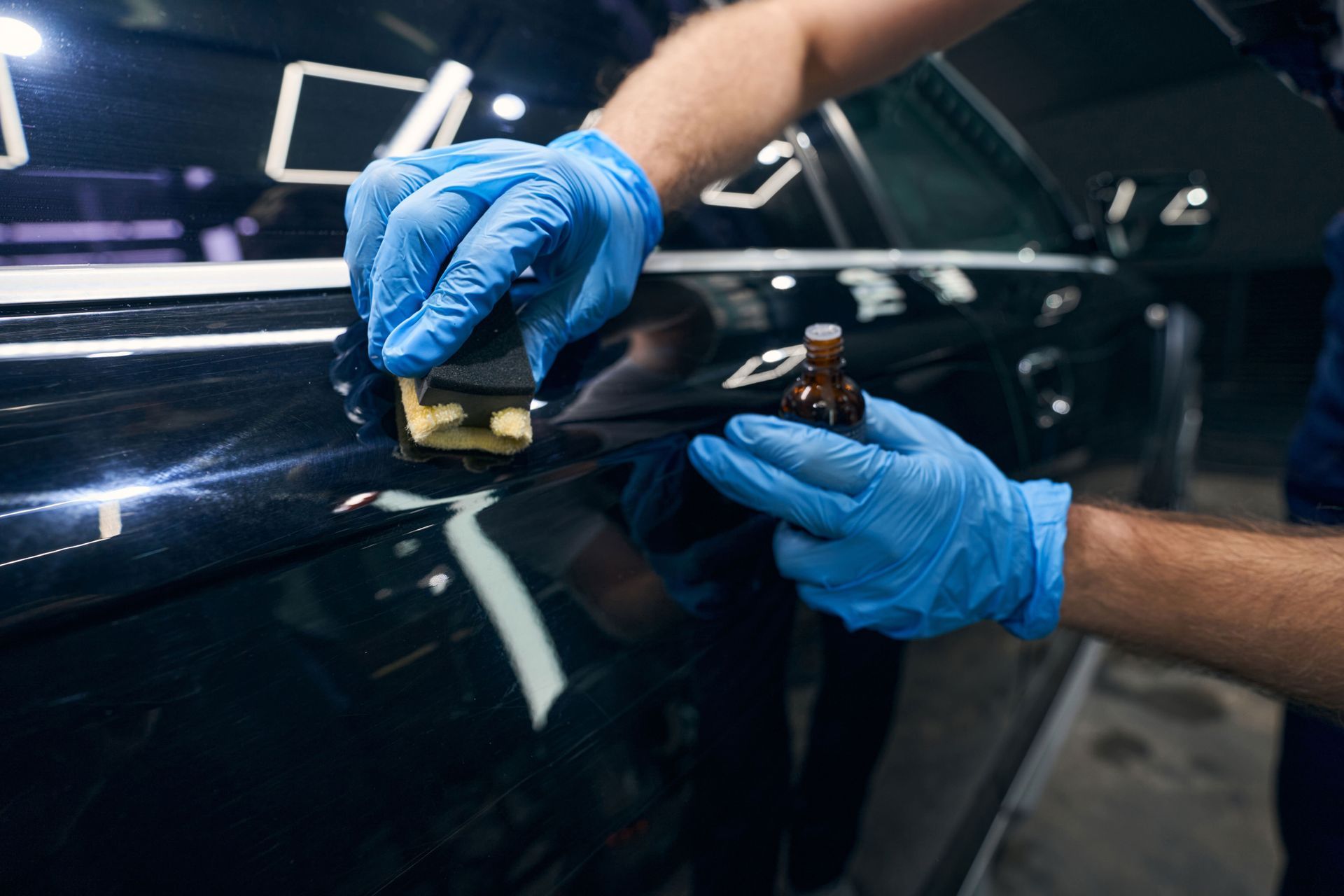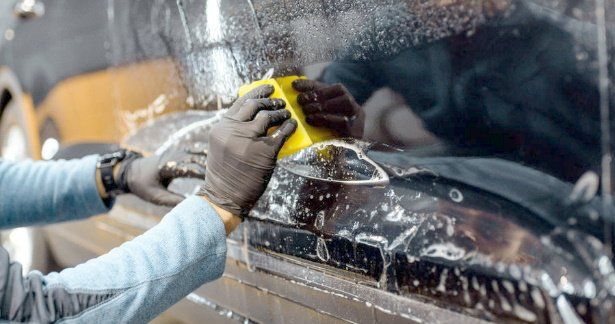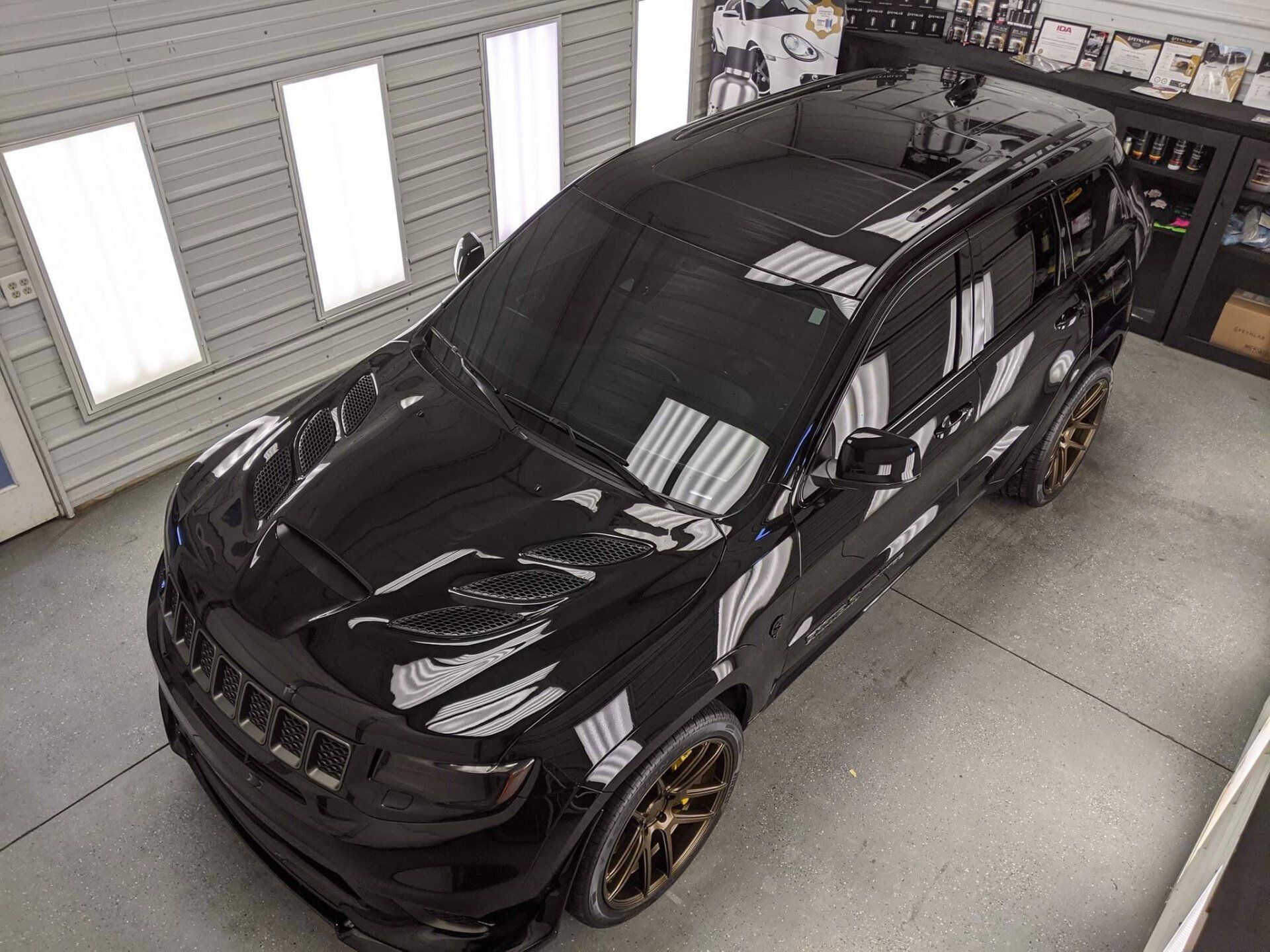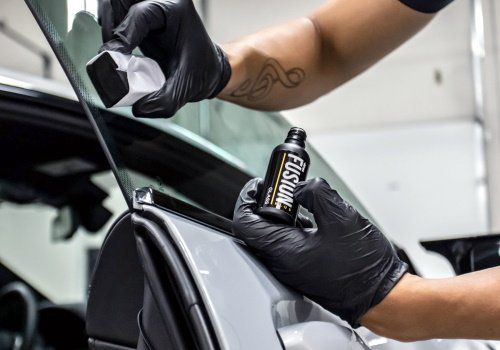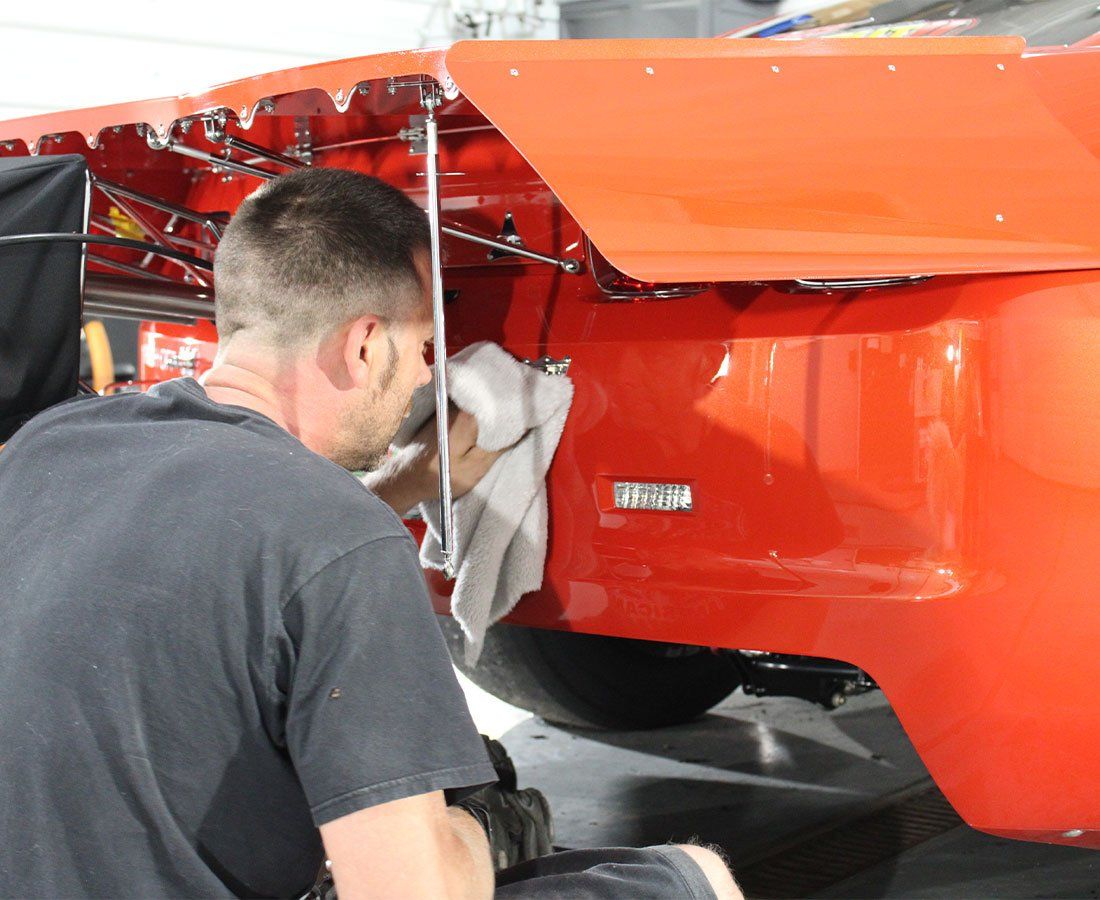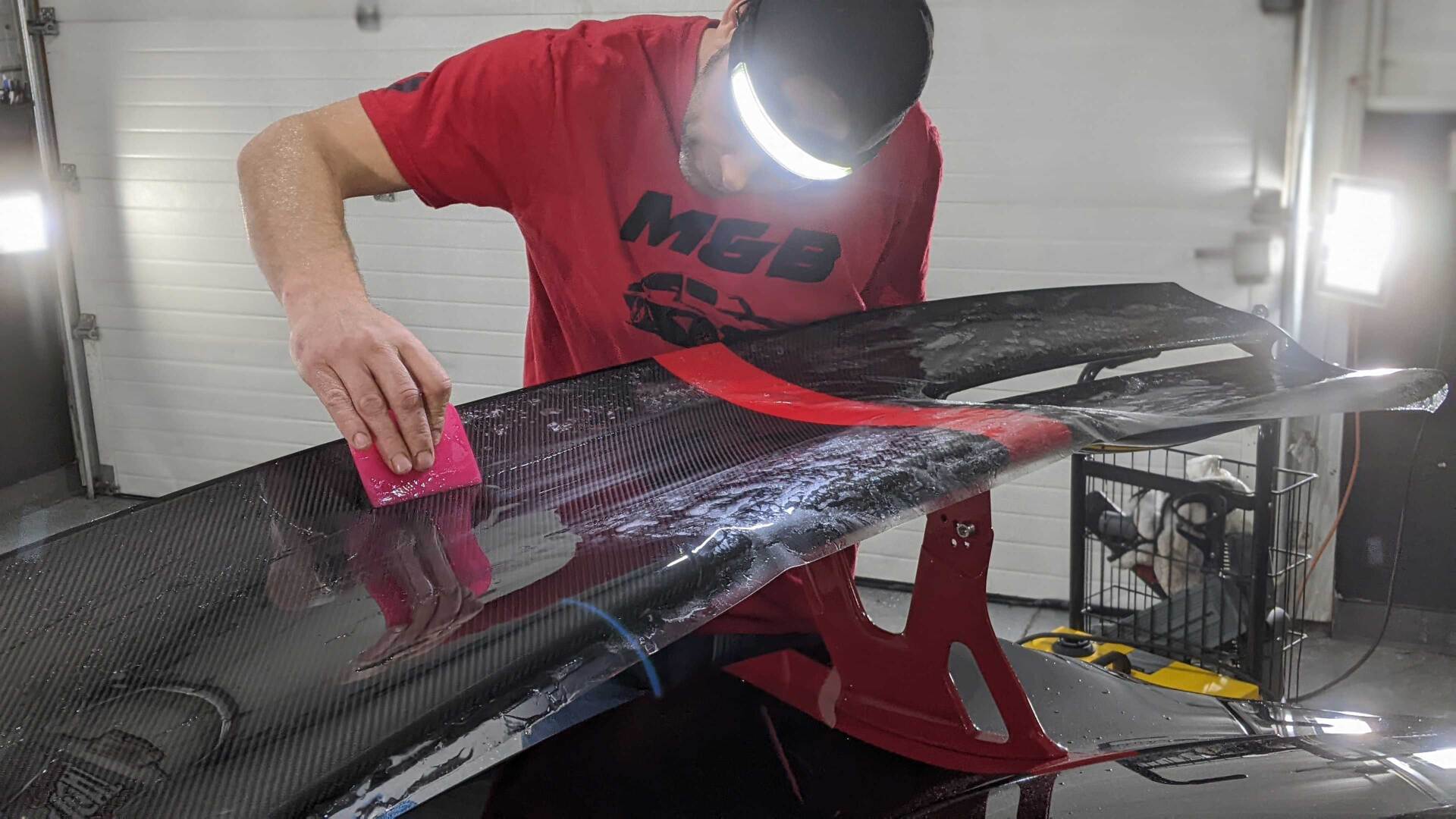The Longevity of Ceramic Coating: How Long Does It Last and Protect Your Car?
For car enthusiasts like you who revel in the gleam of a pristine finish, understanding how long a ceramic coating lasts can feel like unraveling a well-kept secret. Many boast about its mirror-like shine and robust protection, but do these attributes endure under daily wear?
The typical lifespan of a ceramic coating for cars can vary, but on average, it can last anywhere from two to five years with proper maintenance and care. It is important to follow the recommended curing times after application and engage in regular detailing to preserve the effectiveness of the coating.
The Basics of Ceramic Coating
Imagine a shield for your car's paint—that's what ceramic coating does. It's like a clear armor that takes the brunt of the environmental damage to keep your car looking sleek and new. So, how does this magical-sounding coating actually work? Ceramic coating is essentially a liquid polymer that gets applied to your car's exterior. Once it's there, it chemically bonds with the factory paint, creating an additional layer of protection. This extra layer is what makes all the difference—it shields your car from the harmful effects of the sun, rain, bird droppings, and even minor scratches.
Unlike traditional waxes or sealants, ceramic coatings are formulated to be semi-permanent or even permanent. They form a slick, smooth surface, much like glass, enhancing the gloss and hydrophobic properties of your car's paintwork. This means that water will bead up and roll off easily, taking dirt and grime with it. The best part? Under normal conditions, ceramic coatings don't wash away or break down, which is why they're such a popular choice for long-lasting protection.
It's important to note that although ceramic coatings provide remarkable protection, they are not a bulletproof shield for your car. They won't make your car impervious to damage; they can't magically stop someone from accidentally scratching your paint in the parking lot or prevent all forms of environmental damage. However, they do provide superior protection against environmental threats such as UV rays, acid rain, and other contaminants. Ceramic coating acts like a durable shield for your car's paintwork, providing a permanent or semi-permanent layer of defense against various environmental elements and helping your car maintain its shine for longer periods of time.
Factors Affecting Longevity
When it comes to the longevity of ceramic coatings, several elements can significantly influence how long they last and how well they protect your car’s paint. Let’s take a closer look at these factors and why they matter.
- Quality of the Coating: The quality of the ceramic coating has a significant impact on its durability. Premium ceramic coatings from reputable brands are designed to last longer, offering protection for up to 3–5 years. In contrast, cheaper alternatives may only provide a fraction of this lifespan, typically lasting 1-2 years. Investing in a high-quality product is essential for achieving long-lasting results and optimal protection for your vehicle's paint. Premium ceramic coatings are formulated using advanced technologies and superior ingredients, offering greater resistance to environmental factors and wear. These coatings undergo rigorous testing and development, ensuring maximum longevity and performance. While the initial cost may be higher, the extended protection and durability justify the investment for many vehicle owners. It's important to consider the brand and quality of the ceramic coating when aiming for long-term paint protection.
- Application Method: In addition to the quality of the coating itself, the application method plays a crucial role in determining the longevity of the ceramic coating. Proper application in a controlled environment is essential to ensuring uniform coverage and bonding to the paint surface. Professional applications performed by experienced detailers often result in superior outcomes compared to DIY kits. The controlled conditions and specialized equipment available to professionals contribute to more effective and durable installations, ultimately impacting the lifespan of the coating. DIY application kits may lack the precision and expertise offered by professional installers, which can compromise the longevity and performance of the ceramic coating. Professional installers have the knowledge and experience to properly prepare the vehicle’s surface, apply the coating evenly, and ensure optimal curing. These critical steps significantly influence the coating's durability and overall effectiveness.
- Maintenance Routine: The maintenance routine applied to vehicles with ceramic coatings greatly affects their longevity. Regular washing using a pH-neutral shampoo is essential to preserving the coating's effectiveness and appearance. Additionally, periodic detailing, typically recommended every six months, contributes to prolonging the life of the ceramic coating by ensuring its continuous protection against environmental threats. Scheduled detailing sessions also offer an opportunity for professional inspection and maintenance, allowing any issues or deteriorations in the coating to be addressed promptly. The combination of regular car care practices significantly impacts how long a ceramic coating remains effective, highlighting the importance of ongoing maintenance in preserving its protective qualities.
Understanding these key factors sheds light on how various elements contribute to the longevity of ceramic coatings, emphasizing the significance of quality products, meticulous application methods, and consistent maintenance routines in achieving prolonged protection for your vehicle's paint.
Maintaining Your Ceramic Coating
- Regular washing: Keeping your car clean is crucial to maintaining the effectiveness of a ceramic coating. Using a pH-neutral car shampoo is essential to ensure that harsh chemicals don't compromise the protective layer. It's important to avoid using abrasive sponges, as they can cause tiny scratches, compromising the coating's hydrophobic quality. When you wash your car, you're not just washing away dirt; you're also protecting your ceramic coating. A gentle washing technique prevents scratches and swirl marks, preserving the smooth and glossy finish provided by a ceramic coating.
- Scheduled Detailing: Scheduled detailing every six months plays a significant role in maintaining the integrity of your ceramic coating. Professional detailers go through a meticulous process, including decontamination, polishing, and applying a fresh top coat if necessary. This not only enhances the appearance of your car but also ensures that the protective layer remains intact. Professional detailing isn't just about cleaning; it's about giving your car some extra love and care. Detailers are trained to handle ceramic coatings and understand how to maintain them effectively.
- Avoid Using Harmful Chemicals: It's crucial to use cleaning products specifically designed for ceramic coatings, as using chemical cleaners not formulated for such coatings can degrade the protective layer faster. This means steering clear of aggressive or abrasive products that are not compatible with ceramic coatings. Think of it this way: Just like you wouldn't put kitchen cleaner on your face because it's too harsh for your skin, you shouldn't use harsh chemicals on your car's ceramic coating either.
By following these simple yet crucial steps, you can protect and prolong the life of your ceramic coating. Regular washing with the right products, scheduled professional detailing, and avoiding harsh chemicals are key factors in ensuring that your coating continues to provide superior protection for your vehicle's paintwork.
Comparing with Other Protective Options
There are a few different ways to protect your car's paint, but not all options provide the same level of durability and longevity as ceramic coatings.
Wax vs. Ceramic Coating
When comparing traditional car waxes to ceramic coatings, the key difference lies in their longevity and protection. Car waxes typically offer a glossy finish and some protection but may only last a few months before requiring reapplication. On the other hand, high-quality ceramic coatings can retain their protective qualities for several years, making them a cost-effective, long-term solution. The added durability of ceramic coatings means fewer frequent reapplications, saving you time and effort in the long run.
Paint Sealants vs. Ceramic Coating
Paint sealants are another common option for protecting car paint. While they do tend to last longer than waxes, they still fall short of the superior durability offered by ceramic coatings. Paint sealants may provide a reasonable level of protection, but they often require more frequent reapplications compared to ceramic coatings. The extended longevity of ceramic coatings makes them an attractive choice for those seeking long-lasting protection for their vehicle's paint.
Paint Protection Films vs. Ceramic Coating
Another alternative to ceramic coatings is paint protection film (PPF). These films can offer similar, and sometimes even better, protection than ceramic coatings. However, they come with a higher price tag for application and maintenance. While paint protection film may be ideal for certain vehicles or specific needs, many car owners find that high-quality ceramic coatings strike a better balance between cost and long-term performance.
In essence, each protective option has its own set of advantages and limitations. Understanding these differences can help car owners make informed decisions about the most suitable protective solution for their specific needs. While wax and paint sealants may provide temporary protection, the long-lasting benefits of ceramic coatings make them a compelling choice for those looking to prioritize both durability and cost-effectiveness. By comparing these protective options, it becomes clear that ceramic coatings stand out as a reliable, long-term solution for preserving the appearance and integrity of your vehicle's paint.
Temperature and Environmental Effects
Ceramic coatings provide a chemically resilient bond that acts like a suit of armor for your car. They are engineered to withstand environmental contaminants, UV rays, and oxidation, but weather conditions and everyday elements still play a significant role in their overall longevity and effectiveness.
UV Exposure
UV exposure is one of the most critical environmental variables that can affect a ceramic coating. High levels of UV radiation can lead to premature degradation of the coating, causing it to lose its protective properties sooner than expected. However, premium ceramic coatings often contain UV inhibitors that help counteract this effect, extending the lifespan of the coating and ensuring long-term protection against UV damage.
Climate Conditions
Different climate conditions can also impact the durability of ceramic coatings. For instance, frequent exposure to acidic rain, salty air (common in coastal areas), or industrial fallout can contribute to the gradual breakdown of the coating, necessitating more frequent maintenance and inspection. Coastal regions are particularly notorious for the corrosive effects of salty air on automotive surfaces, making it essential to consider such factors when evaluating the lifespan of a ceramic coating in these environments. Moreover, extreme weather events, like heavy rain or snow, can affect the hydrophobic properties of ceramic coatings. While they are designed to repel water and contaminants effectively, intense environmental elements can impact their performance over time. In highly humid regions, excessive moisture in the air can pose challenges for proper curing and adhesion during the application process, potentially affecting the overall effectiveness.
Everyday Wear
Urban environments with higher pollution levels may require more frequent cleaning and maintenance to preserve the protective layer of a ceramic coating. Constant exposure to environmental pollutants such as dust, pollen, industrial emissions, and road grime can gradually diminish the appearance and protective capabilities of the coating if not addressed regularly. It's crucial for car owners to recognize these environmental factors and take proactive measures to maintain their ceramic coatings accordingly. Monitoring weather patterns, conducting regular inspections, and adhering to recommended cleaning procedures can significantly extend the lifespan of ceramic coatings in diverse environmental settings.
By understanding these temperature and environmental effects, car owners can make informed decisions about caring for their vehicles' ceramic coatings based on their specific geographic locations and driving habits.
Application Process and Tips
When it comes to ceramic coating, the application process is vital for ensuring its longevity and effectiveness. Here are the essential steps you need to know for a successful application:
- Surface Preparation: Properly preparing the car's surface before applying the ceramic coating is crucial. This involves thorough cleaning, decontamination, and polishing to remove any imperfections that could affect the coating's adhesion. It's like painting a wall—you want it as clean and smooth as possible to ensure the paint sticks properly and looks good.
- Controlled Environment: Applying ceramic coating in a controlled environment is crucial to achieving a flawless finish. A dust-free, well-ventilated area is essential to prevent contaminants like dust, debris, and moisture from settling on the surface during the application process. By maintaining a clean and controlled environment, you ensure that the coating bonds properly to the paint, resulting in a smooth, long-lasting protective layer that enhances the vehicle's appearance and durability.
- Curing Time: After the application of the ceramic coating, allowing it to cure properly is critical. Typically, the coating should cure for at least 24–48 hours before exposure to water or harsh environmental conditions. Some coatings may require up to two weeks for full curing. During this curing period, it's important to keep your car away from environments that could compromise the coating.
Professional Application Services
For those seeking professional-grade results, considering professional application services is highly recommended. At
M&B Paint Correction and Auto Reconditioning, our expertise in ceramic coating application ensures meticulous attention to detail and optimal results for your vehicle. Our team is trained in the latest techniques and uses state-of-the-art equipment to apply ceramic coatings with precision. We understand that every vehicle is unique, so we tailor our approach to meet your specific needs, ensuring that the coating is evenly applied and fully cured. This process not only enhances the aesthetic appeal of your vehicle but also provides superior protection against environmental hazards such as UV rays, bird droppings, and road debris. With M&B Paint Correction and Auto Reconditioning, you can trust that your vehicle is in expert hands, receiving the care and attention it deserves for a long-lasting, showroom-quality finish. Call us today at
(612) 868-1022 to learn more!



